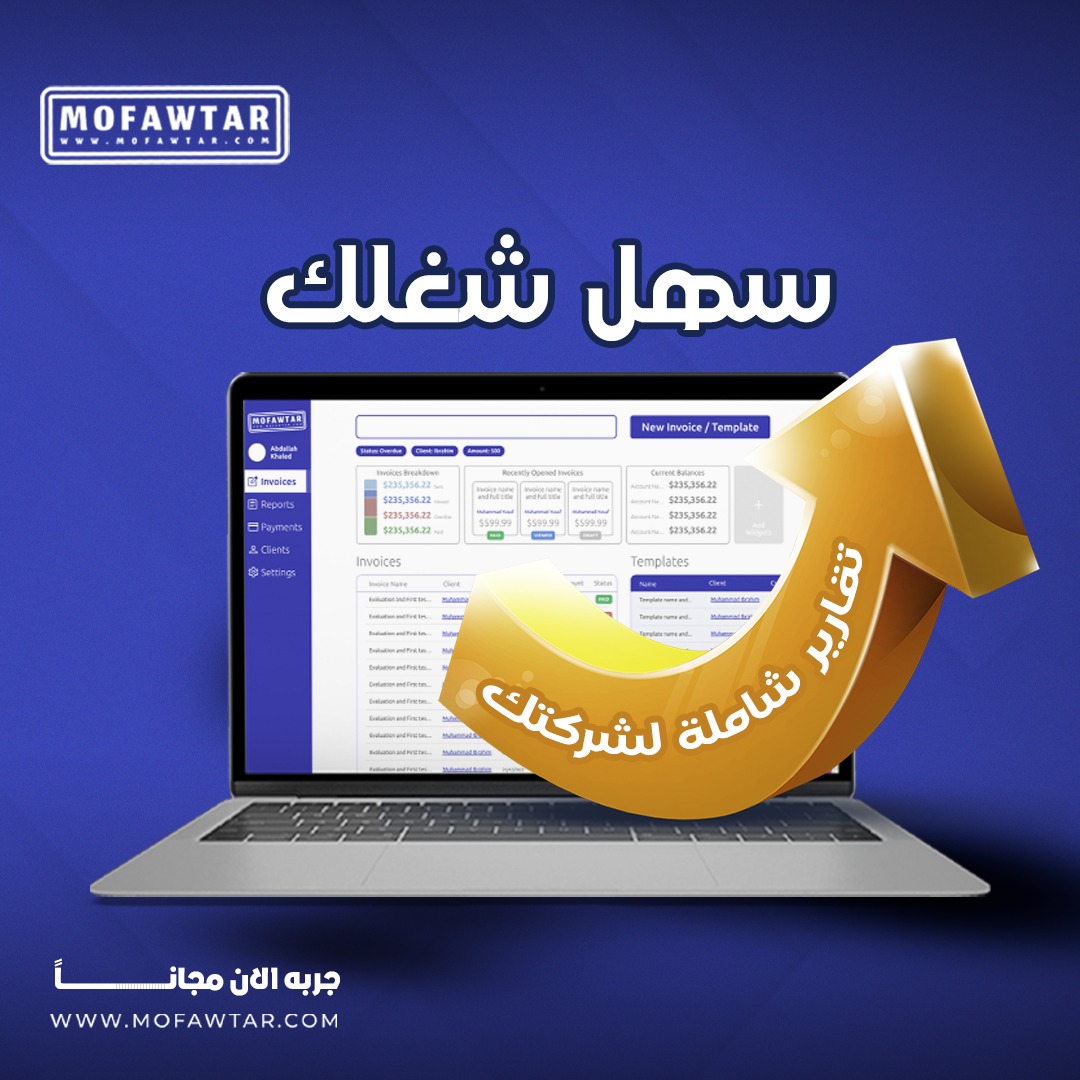The IRS Form W-8 series is essential for foreign individuals and entities receiving income from U.S. sources. These forms help determine tax withholding rates and establish eligibility for tax treaty benefits. Understanding the different W-8 forms is crucial for compliance and tax efficiency.
What is IRS Form W-8?
Form W-8 is a certification document that non-U.S. individuals and entities provide to withholding agents to claim a reduced tax rate or exemption from U.S. tax withholding on income such as dividends, interest, royalties, and other payments.
Types of W-8 Forms and Their Uses
1. Form W-8BEN (Certificate of Foreign Status of Beneficial Owner for U.S. Tax Withholding and Reporting)
- Used by foreign individuals to certify their foreign status.
- Establishes eligibility for tax treaty benefits.
- Reduces or eliminates withholding on certain types of U.S. source income.
2. Form W-8BEN-E (Certificate of Status of Beneficial Owner for Entities)
- Used by foreign entities instead of individuals.
- Determines tax classification (corporation, partnership, etc.).
- Claims tax treaty benefits where applicable.
3. Form W-8ECI (Certificate of Foreign Person’s Claim That Income is Effectively Connected with the Conduct of a Trade or Business in the United States)
- Used by foreign individuals or entities who conduct business in the U.S..
- Income is considered effectively connected income (ECI).
- Taxed at regular U.S. income tax rates rather than subject to withholding.
4. Form W-8EXP (Certificate of Foreign Government or Other Foreign Organization for U.S. Tax Withholding and Reporting)
- Used by foreign governments, tax-exempt organizations, and foreign central banks.
- Certifies exemption from U.S. withholding taxes under IRS rules.
5. Form W-8IMY (Certificate of Foreign Intermediary, Foreign Flow-Through Entity, or Certain U.S. Branches for U.S. Tax Withholding and Reporting)
- Used by foreign intermediaries, partnerships, and flow-through entities.
- Ensures proper withholding and reporting under U.S. tax law.
When to Submit Form W-8
- Must be provided before payment to avoid automatic withholding at the standard 30% rate.
- Valid for three years unless a change in circumstances occurs.
- Required for payments such as dividends, royalties, rental income, and compensation.
Common Mistakes to Avoid
- Using the wrong form: Ensure the correct W-8 form is selected based on individual or entity status.
- Incomplete or incorrect information: Missing tax identification numbers or incorrect entity classification can lead to rejection.
- Failure to claim tax treaty benefits: If eligible, properly completing the form can reduce withholding.
- Not updating the form when circumstances change: If residency, entity status, or tax treaty eligibility changes, a new form is required.
Conclusion
The W-8 series plays a crucial role in ensuring proper tax treatment for foreign individuals and entities receiving U.S. income. Understanding which form to use and completing it accurately helps avoid unnecessary withholding and ensures compliance with IRS regulations. Consulting a tax professional can provide additional guidance in complex situations.






